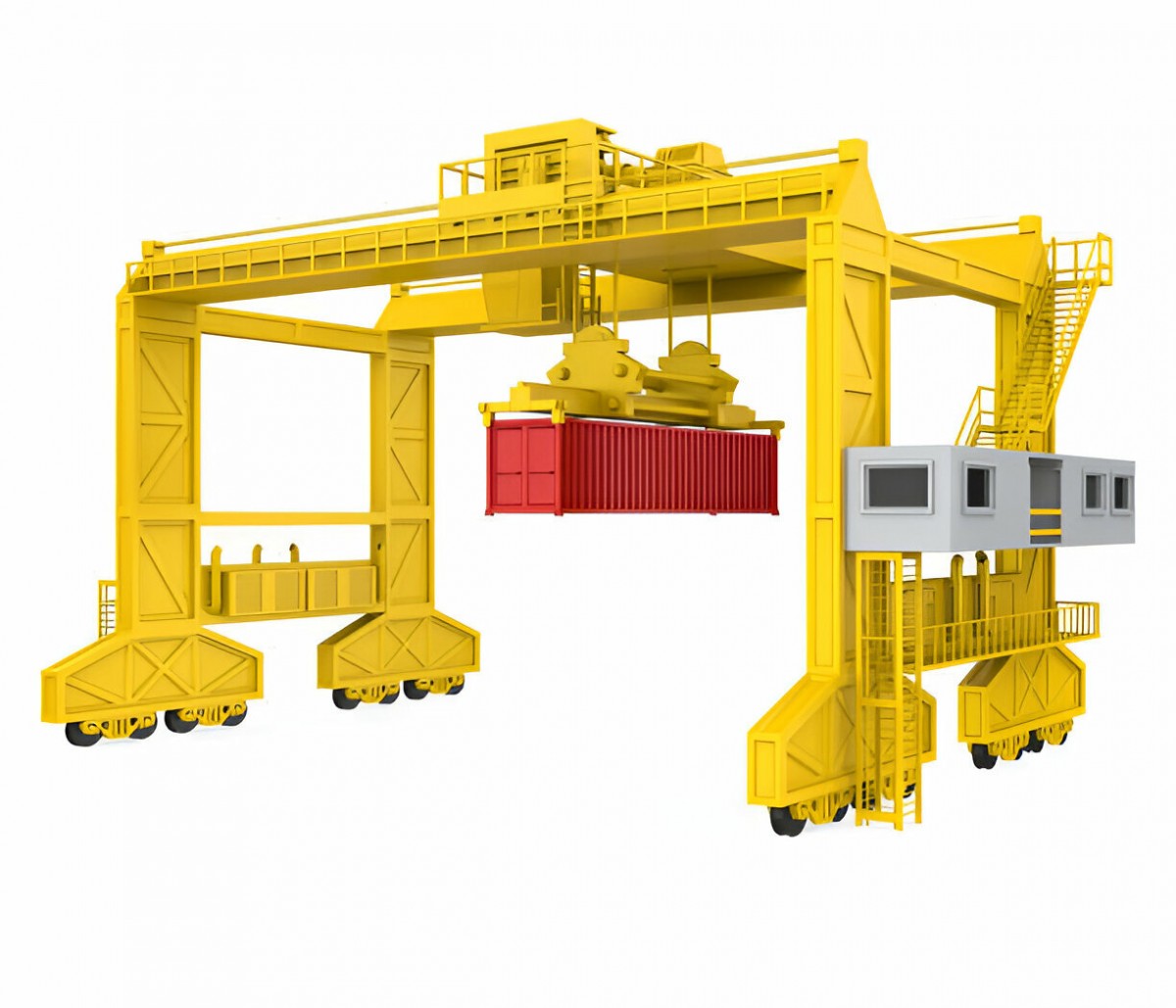Understanding the nuances between cross stuffing and transshipment is crucial for businesses engaged in global logistics. While both involve the transfer of goods between different modes of transportation, they serve distinct purposes and occur under different conditions. Let’s first clarify what each term means before delving into their differences.
The Key Differences Between Cross Stuffing and Transshipment in Logistics
What is Cross Stuffing?
Cross stuffing is the process of transferring cargo from one container to another. This typically happens for one of the following reasons:
- Security concerns: When a container is damaged, compromised, or tampered with.
- Shipping restrictions: Some countries prohibit containers belonging to certain carriers from entering their borders.
- Cost efficiency: Consolidating or splitting cargo into different containers to meet specific shipping requirements.
This operation is usually carried out at intermediate ports or container freight stations (CFS). The key feature of cross stuffing is that the cargo remains under the same shipping document and ownership, even though it changes containers.
What is Transshipment?
Transshipment, on the other hand, refers to the process of transferring cargo from one vessel, truck, or aircraft to another during the journey to its final destination. This occurs when a direct shipping route between the origin and destination does not exist, or when it is more cost-effective to use a hub-and-spoke network.
For example:
- Cargo shipped from a small port might need to be transported to a larger hub port first and then transferred to a bigger vessel heading to the final destination.
- Transshipment is a planned part of the logistics chain and is closely monitored to ensure smooth movement.
Differences Between Cross Stuffing and Transshipment
Now that the definitions are clear, let’s compare cross stuffing and transshipment across key aspects:
1. Nature of Operation
- Cross Stuffing: The focus is on transferring goods between containers. This does not involve a change in the mode of transportation; it simply requires reloading cargo for specific purposes.
- Transshipment: Involves transferring goods between different vessels, trucks, or airplanes as part of the shipping route.
2. Reason for Execution
- Cross Stuffing: Performed to address container-related issues (damage, legal, or logistical) or to adjust cargo loads.
- Transshipment: Done to bridge gaps in logistics where direct routes do not exist or are uneconomical.
3. Timing and Planning
- Cross Stuffing: Often reactive. It occurs because of unforeseen circumstances like container damage or shipping restrictions.
- Transshipment: Proactively planned as part of the shipping route. The transfer point is predetermined during shipment scheduling.
4. Location
- Cross Stuffing: Usually occurs in container freight stations, intermediate ports, or dry ports.
- Transshipment: Takes place at major hub ports, airports, or transport hubs specifically designed for cargo transfers.
5. Impact on Documentation
- Cross Stuffing: The cargo’s ownership and shipping documentation remain unchanged. Only the container number might be updated.
- Transshipment: Often involves multiple Bills of Lading or Air Waybills, especially when different carriers are involved in the route.
6. Associated Risks
- Cross Stuffing: Higher risk of cargo damage, theft, or mishandling during the container-to-container transfer.
- Transshipment: Risks include delays, misrouting, or damage during the transfer between modes of transport.
7. Examples
- Cross Stuffing: A shipment destined for a restricted country requires changing the original carrier’s container to a neutral or permissible container.
- Transshipment: Cargo shipped from a small port in India to Europe must first stop at Dubai, where it’s transferred to a larger vessel for onward transportation.
Distinguishing Between Cross Stuffing and Transshipment
Although both processes involve the transfer of cargo, their applications and implications differ significantly:
- Cross stuffing is focused on containers and is primarily used to solve issues related to the container itself or cargo requirements. It is a localized operation with minimal impact on the broader supply chain.
- Transshipment is part of a strategic logistics framework designed to optimize global trade routes, ensuring goods reach destinations even in the absence of direct connectivity.


























